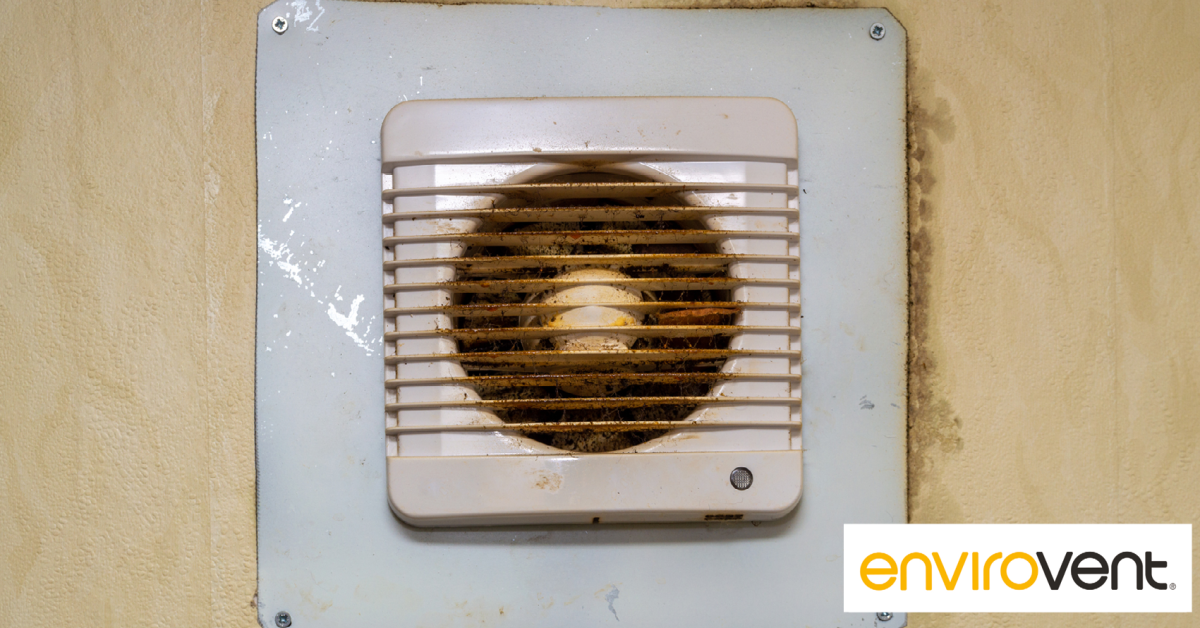

Just how much does it cost to run an extractor fan?
If you are concerned about condensation in your home, then the most effective way to reduce the humidity that causes the problem is to ensure that you have sufficient ventilation in wet rooms where moisture is produced, such as bathrooms and your kitchen.
Wall or ceiling-mounted extractor fans draw moist air out of bathrooms and kitchens and release it outside the house so that it does not spread into other rooms where it can cause condensation that could develop into damp and mould patches. These fans use electricity when working, so when energy prices are high, you might be concerned about how expensive they are to run and whether the benefits are worth the cost.
Do you need extractor fans?
The primary purpose of extractor fans in bathrooms and kitchens is to remove water vapour from the air and prevent it from escaping into other parts of your home where condensation can be a real problem.
Bathing or showering in hot water can release more than 1.7 litres of water into the air in your bathroom. If this is allowed to spread throughout your home, you will notice it condense on windows and cold exterior walls, where it can cause damp to develop.
Over time, damp patches can cause plaster to crumble away from the wall, lead to expensive decorating bills, and create an environment where potentially harmful mould can thrive.
While opening windows in bathrooms or your kitchen when in use can help some steam escape, the flow of air will normally be into rather than out of the house, which can worsen your condensation problems elsewhere.
Mechanical ventilation systems such as extractor fans are carefully placed to be as effective as possible.
Are extractor fans efficient?
Modern extractor fans are designed to meet the most stringent energy efficiency guidelines. They use ultra-low energy motors and feature internal aerodynamics that make the air flow as clean as possible to minimise their energy use.
Advancements in design mean that modern extractor fans are much more efficient than their predecessors.
Aside from a less efficient design than modern versions, older extractor fans may also use more power as they age. As bearings wear and fan blades become damaged or dirty, the fan will require more energy to move the same amount of air and as such, may no longer achieve the same levels of performance as they once did, which can mean that they may not remove as much moisture from the air as you need.
What does it cost to run an extractor fan?
Different types of extractor fans have different power levels depending on the size and type of room they are used to ventilate. A kitchen extractor fan will use more power than one in a bathroom, although, over time, the running costs could be similar if the bathroom fan is used more frequently.
Over the course of a year, the typical running cost of an EnviroVent Cyclone 7 extractor fan in a bathroom is £3.68 based on current prices, while a similar model mounted in a kitchen is higher at an annual cost of £9.81.
If your current extractor fans are no longer working as effectively as they once did, or you have problems with condensation in your home consider upgrading to a more modern, efficient model. Our local specialists can visit your home to conduct a free survey that will identify the causes of condensation and measure whether your current ventilation is sufficient. Enter your postcode below to find an expert in your area who can help.

